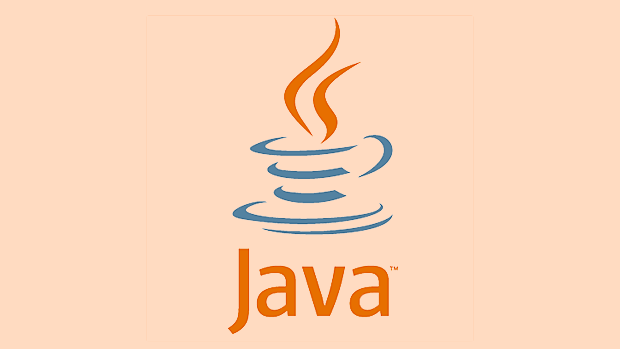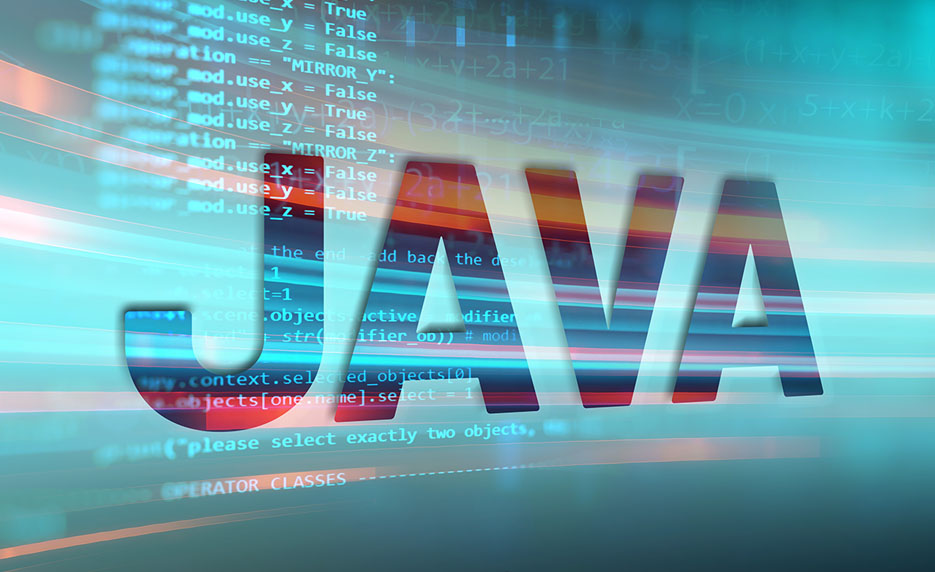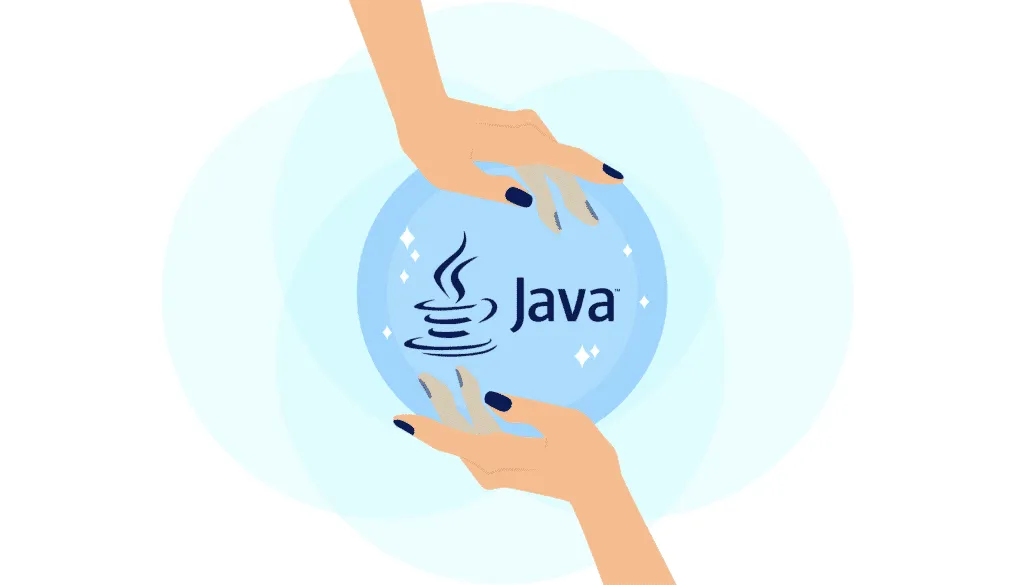Difference between interface and abstract class in Java.
Jul 06, 2025 am 02:01 AMUse abstract classes to share code and define non-static fields, while interfaces define contracts and support multiple inheritance. 1. Abstract classes allow both abstract and concrete methods, interfaces only abstract (before Java 8) or default/static methods (Java 8 ). 2. Abstract classes can have non-static, non-final fields; interfaces have public static final fields. 3. Abstract classes support all access modifiers; interface members are public by default. 4. Abstract classes use extends for inheritance; a class can implement multiple interfaces. 5. Abstract classes can have constructors; interfaces cannot. Choose abstract classes for shared implementation, interfaces for behavioral contracts across unrelated classes.

In Java, interfaces and abstract classes are both used to achieve abstraction, but they serve different purposes and have distinct features. Choosing between them depends on what you're trying to model in your design.

When to Use an Abstract Class
An abstract class is best when you want to share code among closely related classes. It can contain both abstract methods (without implementation) and concrete methods (with implementation). This makes it a good fit when you have a base class that provides some default behavior, but also expects subclasses to fill in the blanks.

- If you need to define non-static or non-final fields, an abstract class is the way to go.
- You can use constructors and instance initialization blocks.
- It supports access modifiers like
private,protected, etc., for its members.
For example, if you're building a set of shapes like Circle, Rectangle, and Triangle, and they all share some common logic for area calculation setup, an abstract class could handle that shared part while leaving the actual formula to each subclass.
When to Use an Interface
An interface is more about defining a contract. It's ideal when you want unrelated classes to implement a specific behavior without forcing a class hierarchy. Since Java 8, interfaces can also have default and static methods, which gives them more flexibility than before.

- Interfaces support multiple inheritance — a class can implement multiple interfaces.
- They are great for defining APIs or behaviors that can be implemented across different types.
- From Java 9 onward, interfaces can even have private methods to help organize default method implementations.
For instance, something like a Logger interface can be implemented by various components in your system — a FileLogger, DatabaseLogger, or CloudLogger — each doing logging differently but adhering to the same method signature.
Key Differences at a Glance
Here’s a quick breakdown:
-
Method Implementation:
- Abstract class: Can have both abstract and concrete methods.
- Interface: Before Java 8, only abstract methods; now can have default and static methods.
-
Fields:
- Abstract class: Can have non-static, non-final fields.
- Interface: Fields are implicitly
public static final.
-
Access Modifiers:
- Abstract class: Supports all modifiers.
- Interface: Members are
publicby default.
-
Inheritance:
- Abstract class: Uses class inheritance (
extends). - Interface: A class can implement multiple interfaces.
- Abstract class: Uses class inheritance (
-
Constructors:
- Abstract class: Yes, can have constructors.
- Interface: No constructors allowed.
Design Considerations
If you're designing a library or framework, think carefully:
- Use an abstract class when you're creating a base class that offers shared functionality and expects subclasses to extend and refine it.
- Use an interface when you're defining a capability that different classes should provide, regardless of their place in the class hierarchy.
Also, keep in mind that starting from Java 8 , the gap between interfaces and abstract classes has narrowed — but they still aren't interchangeable. The choice often comes down to whether you need multiple inheritance of type (use interface) or want to share implementation details among a group of classes (use abstract class).
That's pretty much it. Not too hard once you get the pattern, but easy to mix up if you're not paying attention.
The above is the detailed content of Difference between interface and abstract class in Java.. For more information, please follow other related articles on the PHP Chinese website!

Hot AI Tools

Undress AI Tool
Undress images for free

Undresser.AI Undress
AI-powered app for creating realistic nude photos

AI Clothes Remover
Online AI tool for removing clothes from photos.

Clothoff.io
AI clothes remover

Video Face Swap
Swap faces in any video effortlessly with our completely free AI face swap tool!

Hot Article

Hot Tools

Notepad++7.3.1
Easy-to-use and free code editor

SublimeText3 Chinese version
Chinese version, very easy to use

Zend Studio 13.0.1
Powerful PHP integrated development environment

Dreamweaver CS6
Visual web development tools

SublimeText3 Mac version
God-level code editing software (SublimeText3)

Hot Topics
 Selecting Specific Columns | Performance Optimization
Jun 27, 2025 pm 05:46 PM
Selecting Specific Columns | Performance Optimization
Jun 27, 2025 pm 05:46 PM
Selectingonlyneededcolumnsimprovesperformancebyreducingresourceusage.1.Fetchingallcolumnsincreasesmemory,network,andprocessingoverhead.2.Unnecessarydataretrievalpreventseffectiveindexuse,raisesdiskI/O,andslowsqueryexecution.3.Tooptimize,identifyrequi
 What is the `enum` type in Java?
Jul 02, 2025 am 01:31 AM
What is the `enum` type in Java?
Jul 02, 2025 am 01:31 AM
Enums in Java are special classes that represent fixed number of constant values. 1. Use the enum keyword definition; 2. Each enum value is a public static final instance of the enum type; 3. It can include fields, constructors and methods to add behavior to each constant; 4. It can be used in switch statements, supports direct comparison, and provides built-in methods such as name(), ordinal(), values() and valueOf(); 5. Enumeration can improve the type safety, readability and flexibility of the code, and is suitable for limited collection scenarios such as status codes, colors or week.
 Applying Semantic Structure with article, section, and aside in HTML
Jul 05, 2025 am 02:03 AM
Applying Semantic Structure with article, section, and aside in HTML
Jul 05, 2025 am 02:03 AM
The rational use of semantic tags in HTML can improve page structure clarity, accessibility and SEO effects. 1. Used for independent content blocks, such as blog posts or comments, it must be self-contained; 2. Used for classification related content, usually including titles, and is suitable for different modules of the page; 3. Used for auxiliary information related to the main content but not core, such as sidebar recommendations or author profiles. In actual development, labels should be combined and other, avoid excessive nesting, keep the structure simple, and verify the rationality of the structure through developer tools.
 What is the JDK?
Jun 25, 2025 pm 04:05 PM
What is the JDK?
Jun 25, 2025 pm 04:05 PM
JDK (JavaDevelopmentKit) is a software development environment for developing Java applications and applets. It contains tools and libraries required to compile, debug and run Java programs. Its core components include Java compiler (javac), Java runtime environment (JRE), Java interpreter (java), debugger (jdb), document generation tools (javadoc) and packaging tools (such as jar and jmod). Developers need JDK to write, compile Java code and develop with the help of IDE; without JDK, Java applications cannot be built or modified. You can enter javac-version and java-version in the terminal
 VSCode debugger for Java setup guide
Jul 01, 2025 am 12:22 AM
VSCode debugger for Java setup guide
Jul 01, 2025 am 12:22 AM
The key steps in configuring the Java debugging environment on VSCode include: 1. Install JDK and verify; 2. Install JavaExtensionPack and DebuggerforJava plug-in; 3. Create and configure the launch.json file, specify mainClass and projectName; 4. Set up the correct project structure to ensure the source code path and compilation output are correct; 5. Use debugging techniques such as Watch, F8/F10/F11 shortcut keys and methods to deal with common problems such as class not found or JVM attachment failure.
 Windows search bar not typing
Jul 02, 2025 am 10:55 AM
Windows search bar not typing
Jul 02, 2025 am 10:55 AM
When the Windows search bar cannot enter text, common solutions are: 1. Restart the Explorer or computer, open the Task Manager to restart the "Windows Explorer" process, or restart the device directly; 2. Switch or uninstall the input method, try to use the English input method or Microsoft's own input method to eliminate third-party input method conflicts; 3. Run the system file check tool, execute the sfc/scannow command in the command prompt to repair the system files; 4. Reset or rebuild the search index, and rebuild it through the "Index Options" in the "Control Panel". Usually, we start with simple steps first, and most problems can be solved step by step.
 How do I set up VS Code for Java development?
Jun 29, 2025 am 12:23 AM
How do I set up VS Code for Java development?
Jun 29, 2025 am 12:23 AM
To use VSCode for Java development, you need to install the necessary extensions, configure the JDK and set up the workspace. 1. Install JavaExtensionPack, including language support, debugging integration, build tools and code completion functions; optional JavaTestRunner or SpringBoot extension package. 2. Install at least JDK17 and verify through java-version and javac-version; set the JAVA_HOME environment variable, or switch multiple JDKs in the status bar at the bottom of VSCode. 3. After opening the project folder, make sure the project structure is correct and enable automatic saving, adjust the formatting rules, enable code checking, and configure the compilation task to optimize the opening.
 Why use the `Serializable` interface?
Jun 26, 2025 am 01:02 AM
Why use the `Serializable` interface?
Jun 26, 2025 am 01:02 AM
ImplementingtheSerializableinterfaceinJavaallowsaclasstobeconvertedintoabytestreamforstorageortransmission.Asamarkerinterfacewithnomethods,itsignalsthattheclassisreadyforserialization,enablingmechanismslikeObjectOutputStreamtoprocessit.Failingtoimple






